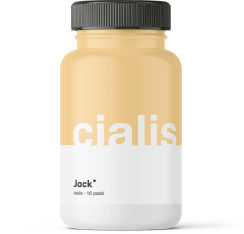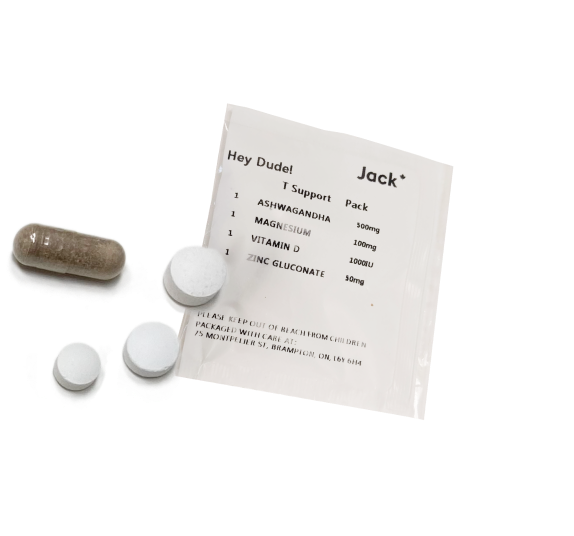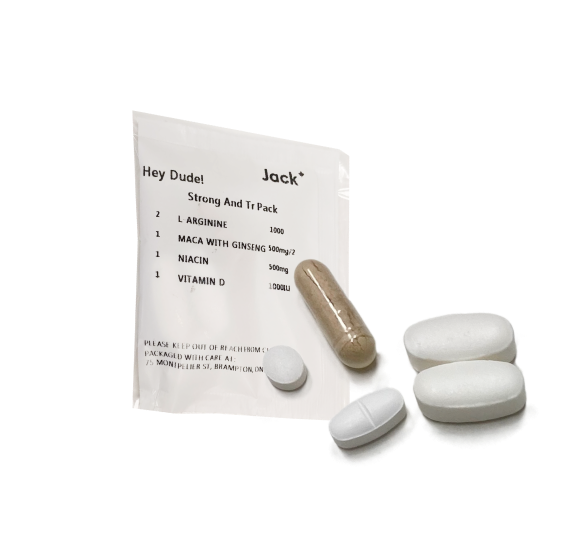It’s a nightmare for men to see a change in their hairline. It makes them wonder if it’s the natural way of aging or the start of something more serious.
A mature hairline is natural, but different factors like genetics, hormones, and lifestyle choices can cause a receding hairline.
In this guide, you’ll see visual comparisons, learn how to spot the signs of each, and know what steps to take based on your situation.
Key Differences Between Mature and Receding Hairline
A mature hairline is normal and age-related. It’s like a retreating tide that stays calm, slow, and steady. You’ll first notice it in your late teenage years when a mature hairline forms a subtle “M” shape. It progresses slowly, and the pattern stays the same, with no hair loss.
Meanwhile, a receding hairline may indicate early hair loss, with changes happening quickly and becoming more noticeable. Receding hairlines may expose more of the scalp, create more visible peaks, and more obvious thinning at the crown.
Here’s a quick visual comparison to help you identify the two:
|
Mature Hairline |
Receding Hairline |
|
|
Shape |
Slightly moved back, often with an “M” shape or widow’s peak. |
Sharp peaks at temples, often with a more uneven shape. |
|
Rate of Progression |
Slow, gradual change over time. |
Progresses quickly and is more noticeable. |
|
Location of Change |
Mainly at the temples, uniform. |
Starts at the temples and progresses to the crown. |
|
Onset Age & Pattern |
Typically begins in the late teens/early twenties. |
Can begin in early twenties or earlier, progressive thinning. |
How to Tell If Your Hairline Is Maturing or Receding
Unsure if you have a mature or receding hairline? Here are signs to look out for:
- A mature hairline involves a subtle shift back at the temples and forms a slight widow’s peak.
- A smooth, gradual shift will happen with a mature hairline, and a receding hairline typically moves further back over time.
- Hair density remains in mature hairlines but thins in receding ones.
- Temple recession is common in both but is more severe in balding.
Take, for example, Tom’s experience. In his early 20s, he noticed his temples becoming more pronounced. Worried, he checked the Norwood Scale and found it was just a maturing hairline with no thinning or density loss.
This shows that, in most cases, hairline changes don’t necessarily mean hair loss but are simply a natural part of aging. The rate and pattern of change are the two leading key indicators.
Causes of Mature or Receding Hairline
A mature hairline comes with the natural progression of the hairline as you age. Both mature and receding hairlines can be caused by aging and genetics and may be linked to DHT sensitivity. However, a poor diet, smoking, excessive alcohol consumption, and stress can also trigger hair thinning, which leads to a receding hairline.
Hairline Pictures by Age
Below is a visual guide of hairline progressions to show the changes that come with aging.
- Late Teens to Early 20s: A slightly higher hairline with a small widow’s peak is common. This is the beginning of a mature hairline, a natural and gradual shift.
- Mid 20s to Early 30s: Some may notice a slight recession at the temples, but the hairline remains stable with no significant thinning.
- Late 30s to 40s: Recession may deepen, especially at the temples and crown, indicating the start of male pattern baldness for some.
Mature Hairline
Mature hairlines do not involve crown thinning but only show a subtle recession, forming an M-shape at the temples. This is typical as you age and doesn’t indicate balding, as the hair density remains healthy and stable.
Receding Hairline
A receding hairline from male pattern baldness shows deep temple recession, thinning at the crown, and an uneven, V-shaped pattern. Early treatment with Minoxidil or Finasteride can slow or reverse hair loss.
Treatment Options for Receding Hairline in Canada
Start addressing your receding hairline with these available treatment options:
- Apply Minoxidil, an over-the-counter topical solution that stimulates hair growth.
- Take Finasteride to convert testosterone to DHT, a hormone linked to hair loss.
- Take the Platelet-Rich Plasma (PRP) Therapy to enhance hair density and thickness.
- Undergo a hair transplant surgery that relocates hair follicles to thinning areas of your scalp.
Jack Health provides convenient access to treatment options by offering licensed prescriptions for Minoxidil and finasteride, as well as expert guidance for your needs.
Can You Prevent a Receding Hairline?
Although you can’t entirely prevent a receding hairline, there are ways to slow the progress and improve your hair’s health.
- Start massaging your scalp and avoiding harsh treatments.
- Use DHT blockers such as Minoxidil or Finasteride to reduce hair loss.
- Eat a balanced diet, reduce stress, and avoid smoking.
These practices can only slow down the progression and not prevent it altogether. Genetics also plays a huge role, so hair loss might still occur despite following these practices.
Here’s a complete guide on slowing the progression of your receding hairline.
When to See a Hair Care Professional in Canada
Are you noticing rapid shedding of your hair or thinning at the crown? It might be time to consult an expert or a dermatologist who can confirm if hair loss is active or stabilized.
If you’re unsure where to find help, Jack Health offers private, doctor-approved support for Canadians who have concerns about their hair. They can provide both consultation and medication online for easier access and convenience.
Key Takeaways
- A mature hairline is a natural part of aging, while receding can progress to male-pattern baldness.
- Early treatment with medications like Minoxidil, Finasteride, or PRP therapy can help slow down the progress of a receding hairline.
- You can’t prevent a receding hairline, but scalp care, using DHT blockers, and a healthy lifestyle can slow it down.
Frequently Asked Questions
Can You Stop a Mature Hairline From Developing?
No, you can’t stop a mature hairline from developing because it’s a natural part of aging, and it’s not a medical concern. It’s a normal transition that happens as you age and doesn’t require treatment.
Does Everyone Get a Mature Hairline?
Yes, most men experience a mature hairline shift in their late teens or early 20s. This natural transition occurs as the juvenile hairline recedes slightly, typically between 17 and 30. However, the timing can vary among individuals.
Can A Receding Hairline Grow Back?
Yes. Early treatment and consistency can help a receding hairline grow back. Dietary changes and medications like Minoxidil or Finasteride can help stimulate hair growth. Results vary per individual, and consistency is key to seeing progress.




















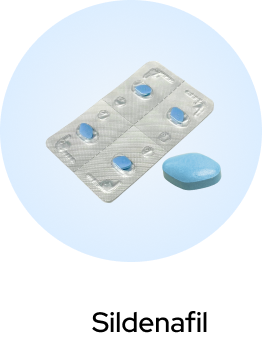
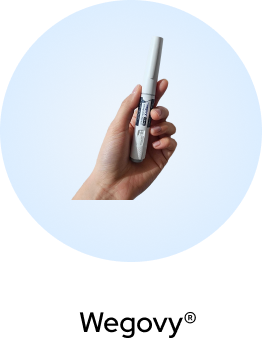
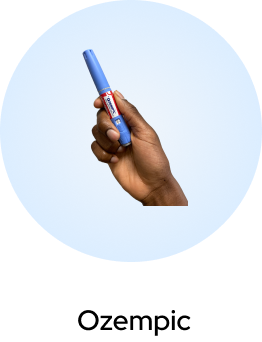


 (US)
(US)